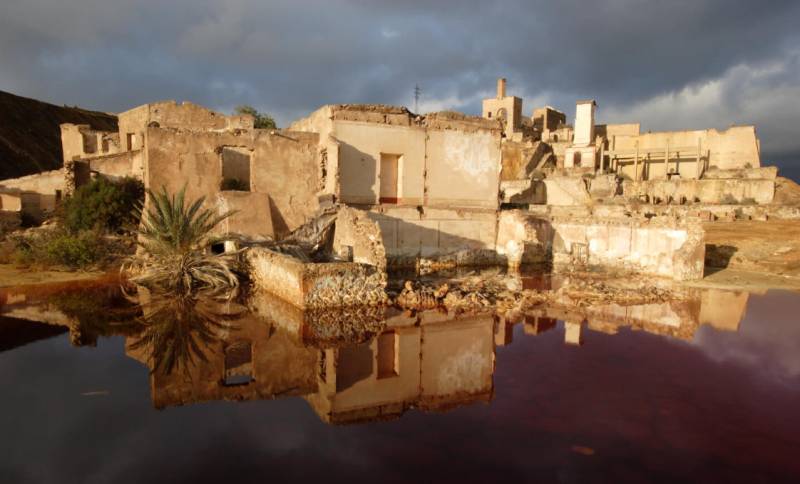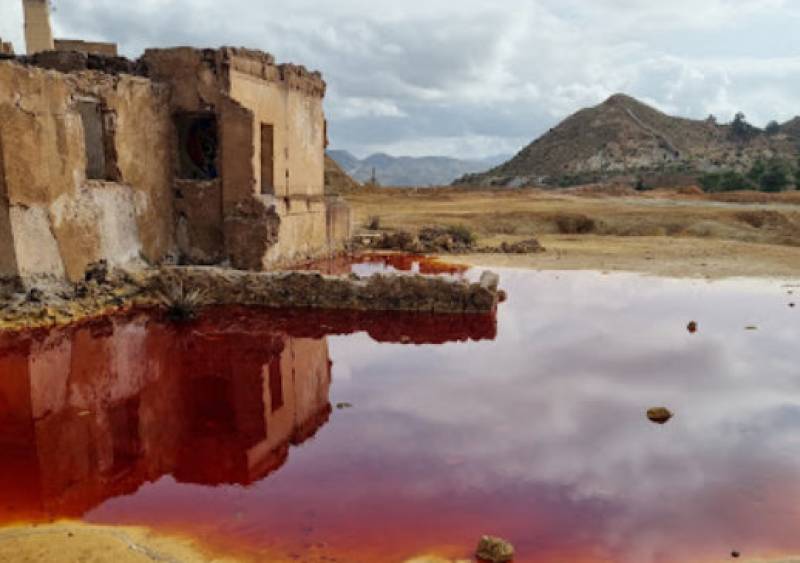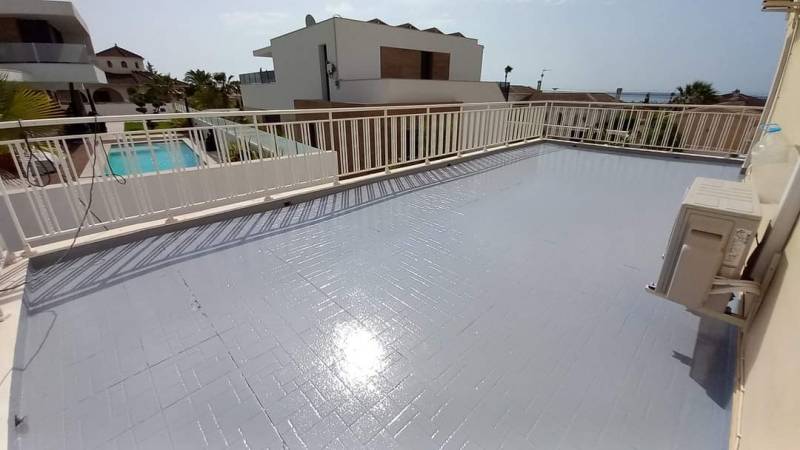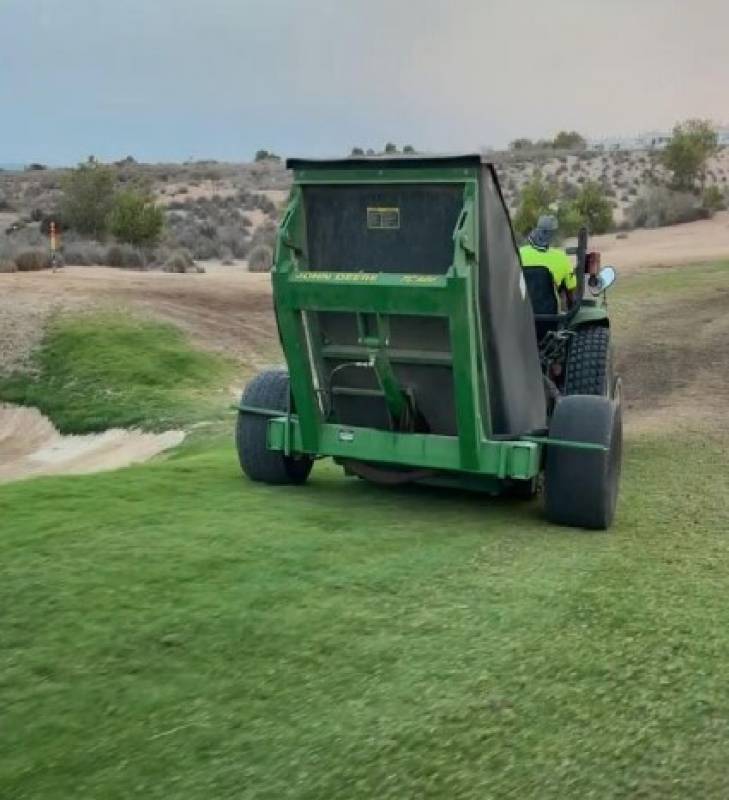- Region
- Águilas
- Alhama de Murcia
- Jumilla
- Lorca
- Los Alcázares
- Mazarrón
- San Javier
-
ALL AREAS & TOWNS
- AREAS
- SOUTH WEST
- MAR MENOR
- MURCIA CITY & CENTRAL
- NORTH & NORTH WEST
- TOWNS
- Abanilla
- Abarán
- Aguilas
- Alamillo
- Alcantarilla
- Aledo
- Alhama de Murcia
- Archena
- Balsicas
- Blanca
- Bolnuevo
- Bullas
- Cañadas del Romero
- Cabo de Palos
- Calasparra
- Camping Bolnuevo
- Campo De Ricote
- Camposol
- Canada De La Lena
- Caravaca de la Cruz
- Cartagena
- Cehegin
- Ceuti
- Cieza
- Condado de Alhama
- Corvera
- Costa Cálida
- Cuevas De Almanzora
- Cuevas de Reyllo
- El Carmoli
- El Mojon
- El Molino (Puerto Lumbreras)
- El Pareton / Cantareros
- El Raso
- El Valle Golf Resort
- Fortuna
- Fuente Alamo
- Hacienda del Alamo Golf Resort
- Hacienda Riquelme Golf Resort
- Isla Plana
- Islas Menores & Mar de Cristal
- Jumilla
- La Azohia
- La Charca
- La Manga Club
- La Manga del Mar Menor
- La Pinilla
- La Puebla
- La Torre
- La Torre Golf Resort
- La Unión
- Las Palas
- Las Ramblas
- Las Ramblas Golf
- Las Torres de Cotillas
- Leiva
- Librilla
- Lo Pagan
- Lo Santiago
- Lorca
- Lorquí
- Los Alcázares
- Los Balcones
- Los Belones
- Los Canovas
- Los Nietos
- Los Perez (Tallante)
- Los Urrutias
- Los Ventorrillos
- Mar De Cristal
- Mar Menor
- Mar Menor Golf Resort
- Mazarrón
- Mazarrón Country Club
- Molina de Segura
- Moratalla
- Mula
- Murcia City
- Murcia Property
- Pareton
- Peraleja Golf Resort
- Perin
- Pilar de la Horadada
- Pinar de Campoverde
- Pinoso
- Playa Honda
- Playa Honda / Playa Paraíso
- Pliego
- Portmán
- Pozo Estrecho
- Puerto de Mazarrón
- Puerto Lumbreras
- Puntas De Calnegre
- Region of Murcia
- Ricote
- Roda Golf Resort
- Roldan
- Roldan and Lo Ferro
- San Javier
- San Pedro del Pinatar
- Santiago de la Ribera
- Sierra Espuña
- Sucina
- Tallante
- Terrazas de la Torre Golf Resort
- Torre Pacheco
- Totana
- What's On Weekly Bulletin
- Yecla


- EDITIONS:
 Spanish News Today
Spanish News Today
 Alicante Today
Alicante Today
 Andalucia Today
Andalucia Today
article_detail
The abandoned mines of Mazarron
Eerie abandoned buildings stand in a surreal landscape of red and ochre rocks just outside Mazarrón
 Just to the north of the town of Mazarrón is the eerie landscape of the abandoned mines which were first created by the Romans around 2,000 years ago and which reached the peak of their activity in the 19th and early 20th centuries, leaving behind a series of abandoned structures and buildings and an almost surreal area of brightly coloured rocks and pools of water.
Just to the north of the town of Mazarrón is the eerie landscape of the abandoned mines which were first created by the Romans around 2,000 years ago and which reached the peak of their activity in the 19th and early 20th centuries, leaving behind a series of abandoned structures and buildings and an almost surreal area of brightly coloured rocks and pools of water.
The deposits in this area were created millions of years ago by the eruption of two volcanoes, and as soon as the Romans arrived in what is now Spain the mining industry made Mazarrón a centre of activity and wealth. This prosperity spread to Cartagena and Alhama de Murcia as well as providing employment.
 The Romans created more than 200 mines around Mazarrón in their search for iron, lead, silver, copper and alum, the main areas of activity being the Coto de San Cristóbal, Coto Los Perules, Coto de las Pedreras Viejas and Coto Fortuna. Over time alum became the most productive area of exploitation as it was used for fixing colours in the tanning process and in glass making.
The Romans created more than 200 mines around Mazarrón in their search for iron, lead, silver, copper and alum, the main areas of activity being the Coto de San Cristóbal, Coto Los Perules, Coto de las Pedreras Viejas and Coto Fortuna. Over time alum became the most productive area of exploitation as it was used for fixing colours in the tanning process and in glass making.
A special Roman company was created called Societas Montis Argentaris Ilvcro to exploit the Mazarrón mines and ingots from them have been found as far away as the River Tiber, close to Rome. In the Corte Romana open mine the marks of Roman picks, chisels and hammers can still be seen!
Most of the mines which are still visible are in the Sierra de San Cristobal and around them are the remains of chimneys, buildings and turrets, some of which were in use as recently as the 1950s.
The Golden Age of mining in Mazarrón began in 1880 and was spearheaded by companies such as the French “Compañía de Águilas”, which invested large sums with the support of the Rothschilds, among others.
 It is the sulphurs present in the extracted minerals and the waste of mining which account for the spectacular colours of the landscape, and there is also an important vein of red ochre: at one time this was the only source of this particular mineral in Spain.
It is the sulphurs present in the extracted minerals and the waste of mining which account for the spectacular colours of the landscape, and there is also an important vein of red ochre: at one time this was the only source of this particular mineral in Spain.
The mountain on which the mining complex stands is open to the public along a path from the RM-607 road just outside the built-up area of Mazarrón.
Click here for map link.
For more local visiting information, events and news go to the home page of Mazarrón Today.
Contact Murcia Today: Editorial 000 000 000 /
Office 000 000 000






























